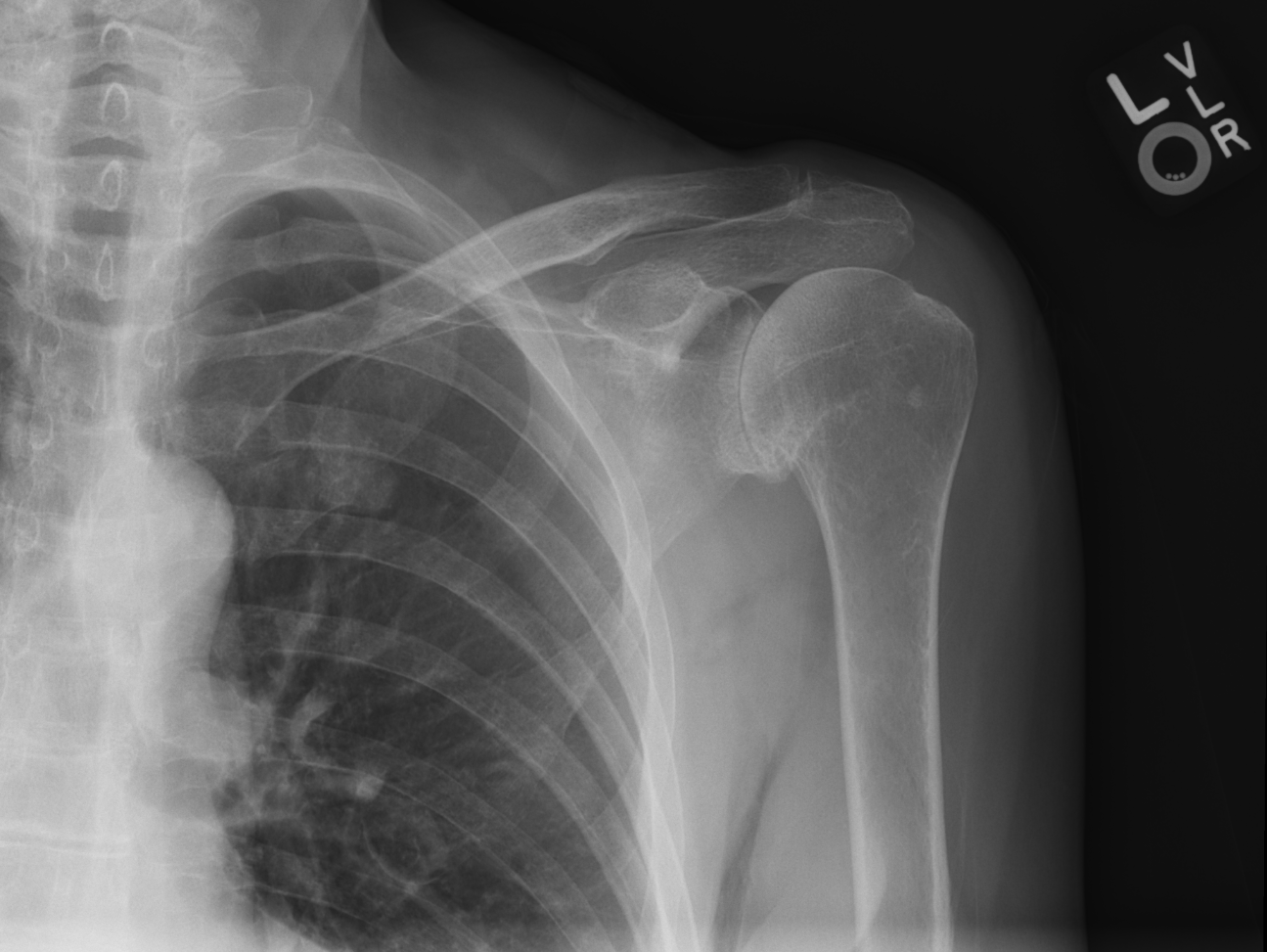About Arthritis
What is Arthritis?
What does “Arthritis” mean?
In our bodies, a joint is any place where two different bones come together. The hips, knees and shoulders are all “synovial joints” which means they can move and are surrounded by a capsule filled with joint fluid. The bone ends that come in contact with one another are covered by a protective layer of cartilage.
Arthritis is the term we use to describe the inflammation and wearing down of a joint. As the cartilage wears away, the joint space becomes more and more narrow until it’s become “bone on bone.” Bone spurs and bone cysts form, the bone surfaces can thicken and become “sclerotic.” This can lead to pain, stiffness, weakness and an inability to do the things a person likes to or needs to do.
What Causes Arthritis?
In general, arthritis is a “multifactorial” disease meaning that there are a variety of different “risk factors” that can work together to predispose a patient to developing arthritis. There are also different types of arthritis which have their own associated causes. Some of the more common types of arthritis include:
Osteoarthritis: The most common type of arthritis is often referred to as “wear and tear” arthritis. There may be a genetic component that makes some people more likely to develop osteoarthritis than others. Largely, however, osteoarthritis is caused by a gradual wearing of the joint that occurs with age and activity.
Rheumatoid Arthritis: This is an autoimmune disease in which the body’s own immune system attacks parts of the joint leading to damage and wear. Rheumatoid arthritis can also involve issues with other organ systems.
Post-Traumatic Arthritis: Arthritis can often form after a prior injury earlier in life. This can include a broken bone at the joint, a soft tissue injury or a surgical procedure.
Septic Arthritis: Infection can cause inflammation and damage to a joint. This is typically caused by bacteria but can be caused by a virus or fungus as well.
Inflammatory Arthritis: There are a number of inflammatory diseases that can cause unique patterns of arthritis affecting different joints in different ways. Theses diseases can also be associated with systemic problems.
What Can Be Done to Treat Arthritis?
Dr. Horberg’s goal in treating arthritis is to decrease your pain and to improve your function and activity level. Before proceeding with any invasive treatment, there are a variety of more conservative treatment options. Some options include:
Rest: when your joint is inflamed and particularly painful, sometimes it helps to just take it easy for a couple days.
Ice: using an ice pack can help with inflammation and pain, especially on days where your joint is painful
Anti-Inflammatories: these medications are the best option to treat arthritis pain. There are over the counter options that most patients start with. Prescription options and dosages are available too. Ask Dr. Horberg about which anti-inflammatories he recommends.
Activity Modification: if there are activities that make your arthritis joint especially painful, you can try to avoid these activities. You can also try to change the way you do some of these activities to avoid painful movements.
Weight Loss: maintaining a healthy weight is an important part of treating arthritis. Losing weight can help put less pressure on arthritis joints and improve pain as well as overall health and fitness.
Physical Therapy: working with a therapist can help improve strength, flexibility and muscle imbalances that can reduce the stress an arthritis joint sees. This can often substantially decrease pain and improve function.
Steroid Injections: steroids are strong anti-inflammatory medications that can be injected directly into an arthritic joint. This can reduce inflammation and pain. Eventually, most injections wear off but they can be repeated as often as every 3 months as long as they are effective.
Viscosupplementation Injections: there are a variety of lubricating “gel” or “visco” injections available that can be used to help lubricate and decrease inflammation in an arthritic joint. They are made of synthetic versions of some of the molecules in cartilage. These can be repeated as often as every 6 months as long as they are effective.
When non-surgical options are no longer providing you with pain relief, you may be a candidate for joint replacement surgery. During joint replacement surgery, the diseased joint surface is removed and replaced with metal, plastic and other materials.
It is important to know that, in most cases, arthritis is not a life threatening disease. This means that, no matter how bad your arthritis is, you do not ever have to have a joint replacement. Joint replacement is an elective procedure designed to improve your quality of life.
If you have severe arthritis, have tried non-surgical options without success and want to improve your pain, activity level and quality of life, Joint Replacement is an excellent option.









